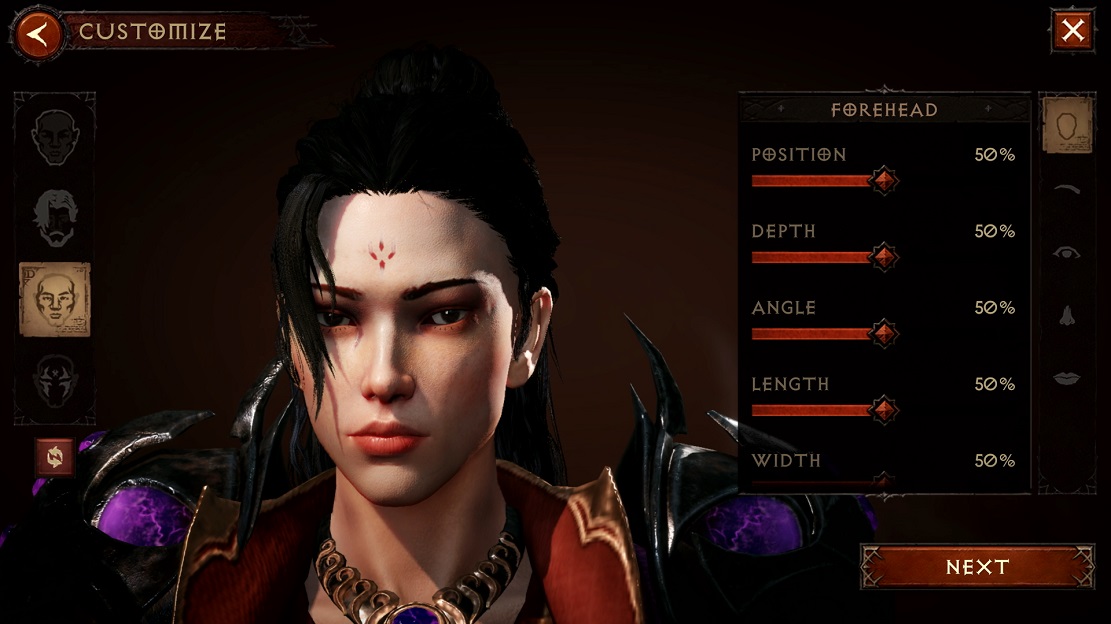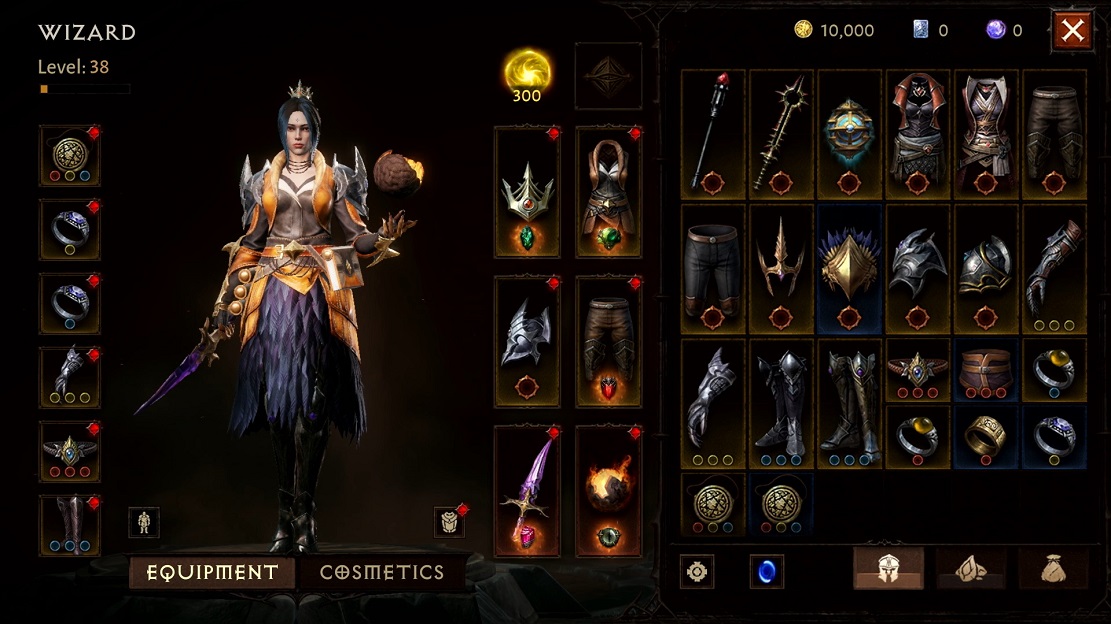A few days ago, we saw that Blizzard had implemented very aggressive micropayment system in Diablo Immortal, so much so that it cost him to stay outside of countries like Belgium and the Netherlands, where the use of buttons in video games is not allowed. Shortly afterwards, the game was released on mobile devices compatible with iOS and Android, and an open beta also came on the PC.
I won’t lie to you, even though I told you I was going to skip Diablo Immortal altogether, I finally decided to give it a try after seeing the wave of overly negative reviews that had reaped, and his score was 0.8 on Metacritic. My motivation was simple and clear, I wanted to check first hand if this game was really as bad as it seemed, and I formed my own opinion beyond what I was able to see from different sources.
Those of you who read us regularly already know that I am a fan of this franchise and that I have been playing it since the release of Diablo in 1996, so I have an important basis for a thorough and impartial assessment of this new issue by Blizzard. I tried Diablo Immortal on a PC for three days and the truth is I have mixed feelings. With everything, I follow everything I said at a time when it was confirmed that the game would not reach Belgium and the Netherlands.

Diablo Immortal: It’s not a bad game, but the integration of micropayments will completely sink it
Diablo Immortal PC Design is a game design for smartphones with improved adaptation. We have a huge interface that you will have to get used to, however gameplay is solved quite well, thanks to the implementation of abbreviations for the use of skills in numbers, as was the case with Diablo III. We also have a potion key for “Q”, which makes the control system intuitive and we have no adaptation period.
At the artistic and design level, it is clear that Diablo Immortal is a “recycled” version of Diablo III, so much so that we could almost describe it as an adaptation for mobile devices. However, it must be acknowledged that Blizzard has done a good job with the graphics, as the game looks good and will ultimately fulfill its goal of engaging players. It’s fun for the first few minutes, but over time we realize it everything is so automated that it almost looks like ARPG on the tracks.
As we progress through the game, we find ourselves with a gradual pushing of micropayments to such an extent that we encounter completely absurd situations. For example, if we kill a boss, we expect to receive a reward in the form of items thrown by this enemy, not with him. “Offer” for the purchase of a loot box with an “800% value” for 0.99 euros. This simple detail shows how aggressive Blizzard was with micropayments, and shows that Diablo Immortal is deeply affected by them.
Micropayments play an absurdly important role in Diablo Immortal, which goes beyond the aesthetic level completely breaks the gameBut that’s not all, players are also presented as something necessary and “profitable” when in fact it is possible to invest hundreds of euros and not get the reward that is really worth it. The case of cracks improved by cracks that end in drops of waste is the clearest in this respect.
What I can say is a pity, because I am completely fair and impartial and I acknowledge that DDevil Immortal is not a bad game in itself. Without those exaggerated and absurd micropayments, it would be something completely different and I wouldn’t get such a bad score, that’s very clear to me.

Immortal Diablo Guild Wars 2: The value of well-implemented micropayments
Whenever I talk about free games and micropayments, I think of the excellent Guild Wars 2, a title I’ve played for almost a decade and that has become the best example of how a game can be easily monetized with micropayments. balanced, without destroying it or making it a “pay to win” title, And all this despite the fact that this game contains paid items that can affect the gameplay, such as experience boosters.
Guild War 2 can be played perfectly without having to go through a gem store. Most items have cosmetic effects and those that affect gameplay do not represent too much imbalance. But that’s not all, gems, which is a currency that pays for real money, can be bought with game gold, which opens the door for any player to obtain these exclusive items without investing a single euro. Yes, it takes more time and more “farming”, but in the end, that’s what moves players of this type of title and enjoys the game to gain the resources to put on and equip their character.
Another thing that Guild Wars 2 does much better than Diablo Immortal is the way it introduces micropayments to its players, and that’s unlike the Blizzard title. at no time does it show disruptive offers or make us feel like we really need to spend money. It is true that it has random components whose profitability is more than questionable, but even in these cases we are aware of what we can achieve and what we cannot, and as a result they do not have a real impact on the game.
It’s very clear to me that Blizzard has been able to learn a few things from Guild Wars 2 when it comes to implementing micropayments, and also from the Path of Exile because of the similarities it presents to them. In general, Diablo Immortal is a title that allows you to play quite well and which, although simple and routine, It would have the potential not to have one of the worst micropayment systems I’ve ever seen.

Guild Wars 2 has a much more balanced and friendly micropayment system.
To justify the unjustifiable: If you don’t want not to pay, it’s always been done
That was one of the arguments I’ve seen the most in recent days trying to defend what Blizzard did with micropayments at Diablo Immortal. Comments like “it’s always been done with free mobile games” or “if you don’t want to, don’t pay, the game doesn’t force you” are empty arguments that they just try to to defend indefensible.
that something happened “forever” doesn’t mean it’s okay. We all know the criticism that many mobile games have received for implementing abusive micropayments, and we can’t say it was bad before, but now it’s okay because we’re talking about Diablo and Blizzard.
On the other hand, to say in this case that the game does not force you is cynical. True, the game doesn’t force you to pay, but it often encourages you to do more than questionable offersand if you want to fully develop your character without having to invest inhuman and unbelievable amount of time in the end you have to go through the box, yes or yes.
Defend what Blizzard did with Diablo Immortal It’s not good for anyone, not for the franchise or for us players. It shows game developers and publishers that we are willing to jump over hoops and accept this type of practice, and I don’t have to tell you what impact this will ultimately have on the industry.
















